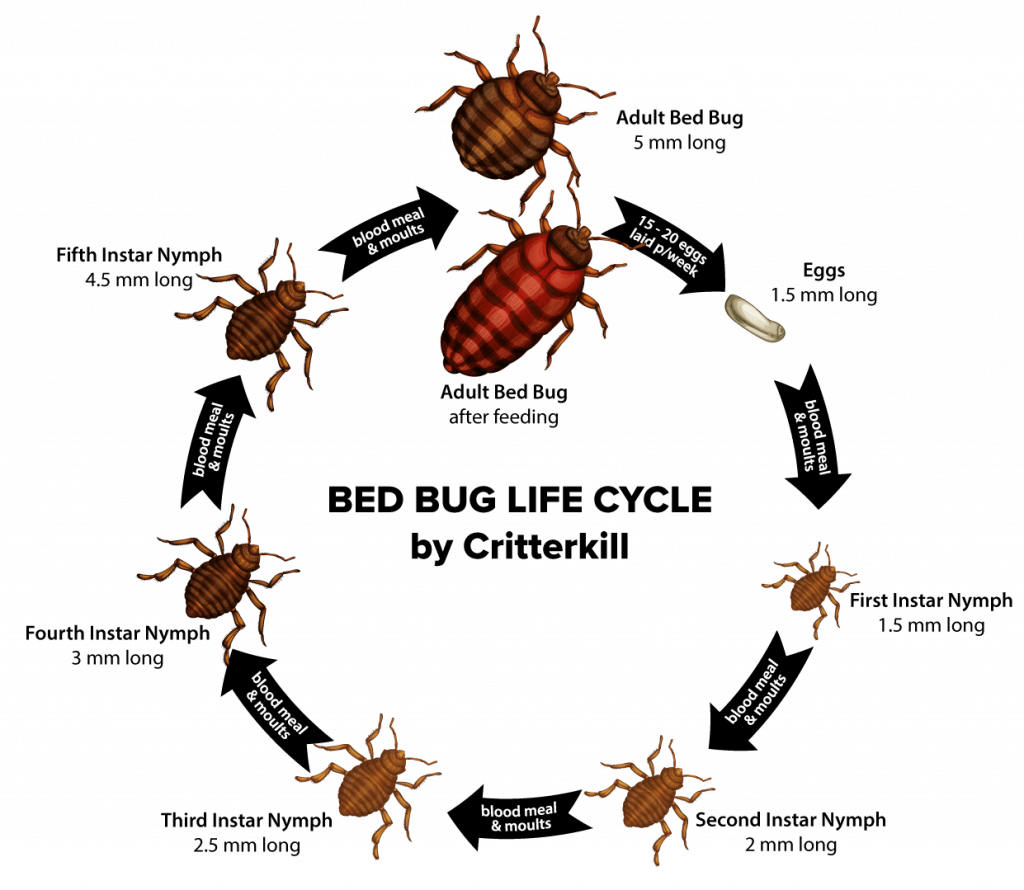As a homeowner, I’m always looking for ways to protect my family from pesky pests. One of the most frustrating insects to deal with is bed bugs, and I often wonder, “How long do bed bugs live in a plastic bag?” This comprehensive guide will provide the answers you need to keep your home free from bed bugs.
What are Bed Bugs?
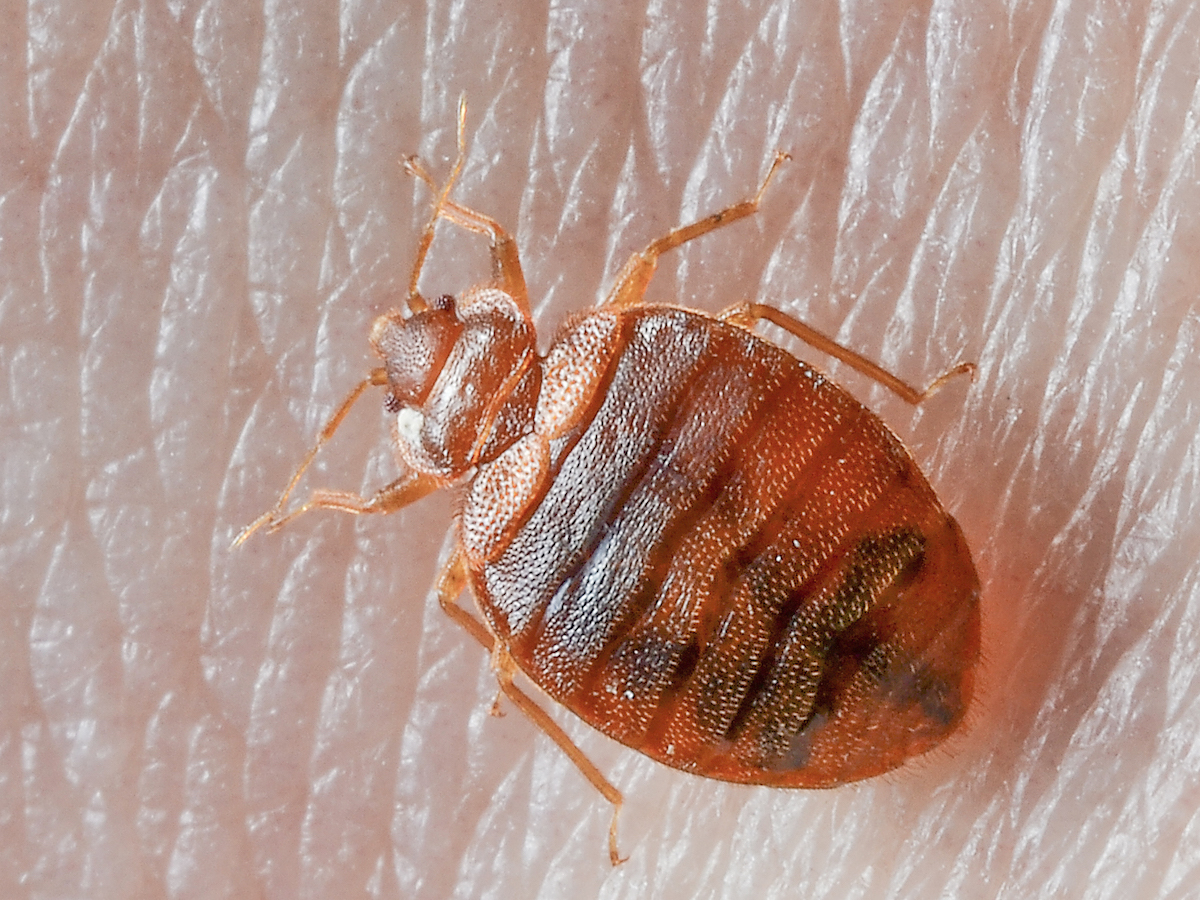
Bed bugs are small, flat, oval-shaped, reddish-brown insects. They typically measure around 4-5mm in length and 1.5mm in width and have bodies that are equipped with a pair of antennae and six legs. They feed off the blood of humans, animals, and birds and are known for biting humans when they are in close proximity.
Bed bugs can be found in a variety of places, including:
- Furniture
- Mattresses
- Carpets
- Baseboards
- Cracks and crevices
These insects are most active at night and are known for hiding in dark, warm places during the day. They are also capable of surviving for long periods of time without food and can go up to a year without feeding.
How do Bed Bugs Reproduce?
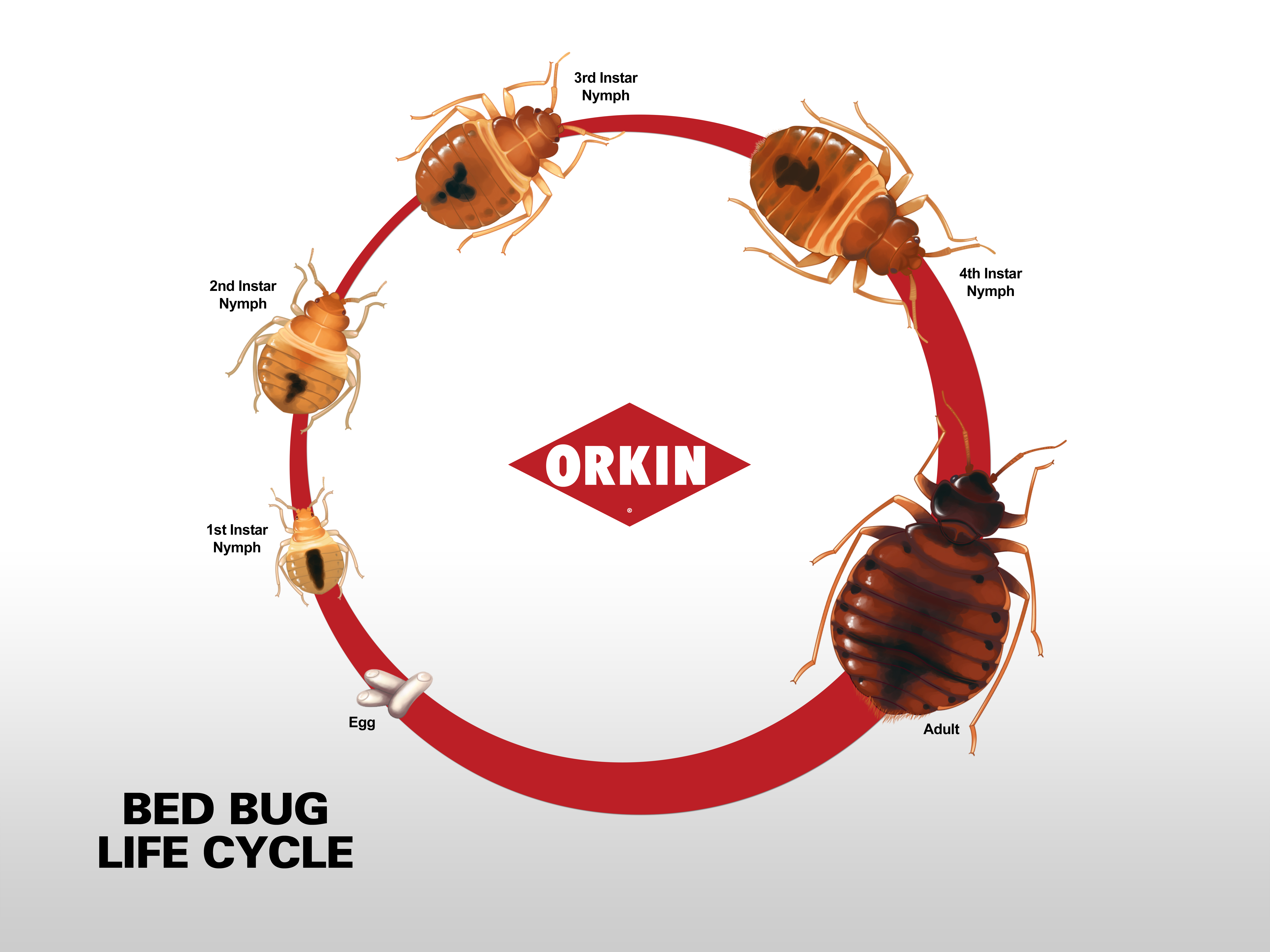
Bed bugs reproduce through a process known as traumatic insemination. This is where the male bed bug pierces the female’s abdominal wall with his genitalia and injects sperm directly into her body. The female will then store the sperm until she is ready to lay eggs. She can lay up to 500 eggs during her lifetime, and these eggs hatch into nymphs within a few weeks. The nymphs will go through a series of molts before they become mature adults. Adult bed bugs can live up to a year, depending on environmental conditions.
How Long Do Bed Bugs Live?
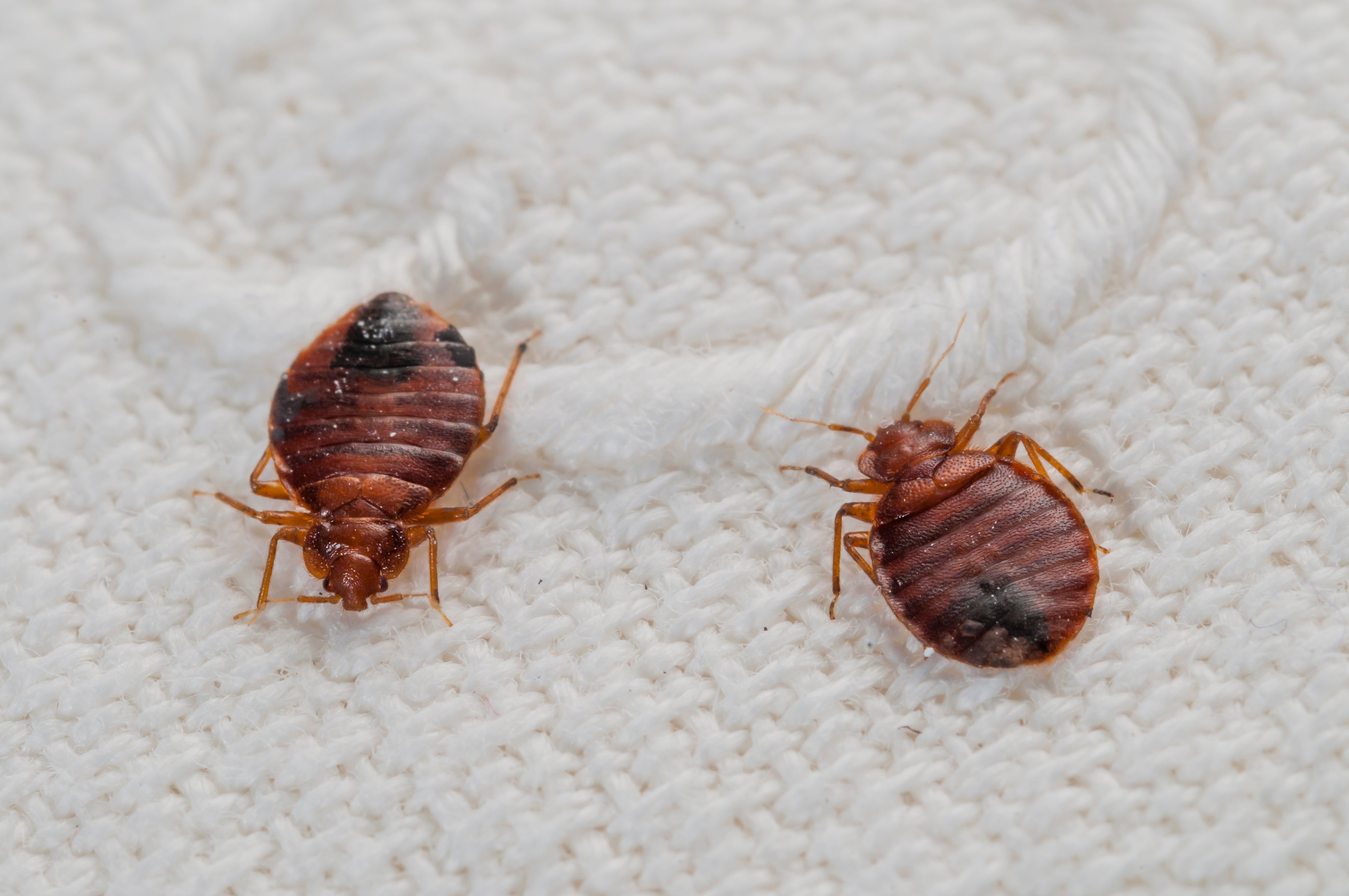
Bed bugs can live up to a year without food, but they usually live between four to six months. There is no definitive answer as to how long bed bugs can live in a plastic bag, as the lifespan depends on the environment, temperature, and access to food.
- Temperature: Bed bugs prefer temperatures between 70 to 80 degrees Fahrenheit, so the lifespan will be shorter if the environment is too hot or too cold.
- Food: Bed bugs must feed regularly in order to survive. The longer the bed bug can go without food, the shorter its lifespan will be.
- Humidity: Bed bugs typically survive best in humid environments, so a plastic bag can cause them to dehydrate quickly, resulting in a shorter lifespan.
Overall, bed bugs can survive for several months in a plastic bag if the environment is suitable for them. However, if the environment is not suitable, their lifespan may be significantly shortened.
Can Bed Bugs Live in Plastic Bags?

Bed bugs can survive in plastic bags, depending on the type of material used. Plastic bags are made of various types of materials, such as polyethylene, polypropylene, and polyester. The durability of the material and the thickness of the plastic bag can determine how long bed bugs can live in the bag.
In general, bed bugs can survive in a plastic bag for up to a month or even longer. This is because the plastic bag traps in the heat and moisture that bed bugs need to survive and reproduce.
| Material | Durability | How Long Can Bed Bugs Live? |
|---|---|---|
| Polyethylene | High | Up to a month |
| Polypropylene | Moderate | Up to two weeks |
| Polyester | Low | Up to a week |
The thickness of the plastic bag can also determine how long bed bugs can live in it. Thicker plastic bags are more durable and can last for a longer period of time. Thinner plastic bags are less durable and can only last for a shorter period of time.
Finally, the temperature of the environment can also affect how long bed bugs can live in a plastic bag. Warmer temperatures help bed bugs survive for longer periods of time, while cooler temperatures can reduce their lifespan.
In conclusion, bed bugs can survive in a plastic bag for up to a month or even longer, depending on the type of material used, the thickness of the plastic bag, and the temperature of the environment.
How Long Do Bed Bugs Survive in Plastic Bags?

Bed bugs are known to be resilient creatures, but does this extend to them being able to survive in plastic bags? It is not impossible, but there are a few factors that must be taken into account when considering how long bed bugs can survive in plastic bags:
- Air Circulation: Bed bugs require oxygen to survive and if the plastic bag is not adequately ventilated, then this can be an issue.
- Moisture: Bed bugs require moisture to survive, and if the plastic bag is not sealed, then moisture can escape.
- Temperature: Bed bugs cannot survive in extreme temperatures, so if the plastic bag is exposed to direct sunlight or extreme cold, then this can be an issue.
Given these factors, it is difficult to estimate how long bed bugs can survive in a plastic bag. In general, if the plastic bag is sealed and exposed to temperatures between 70-90°F, then it is possible for bed bugs to survive in the bag for up to two weeks. However, if the plastic bag is not adequately ventilated and exposed to extreme temperatures, then it is likely that the bed bugs will not survive for more than a few days.
In conclusion, it is possible for bed bugs to survive in plastic bags, but the conditions must be ideal. If the plastic bag is not sealed, exposed to extreme temperatures, and not adequately ventilated, then the bed bugs will not survive for very long.
What Can Be Done to Get Rid of Bed Bugs in Plastic Bags?
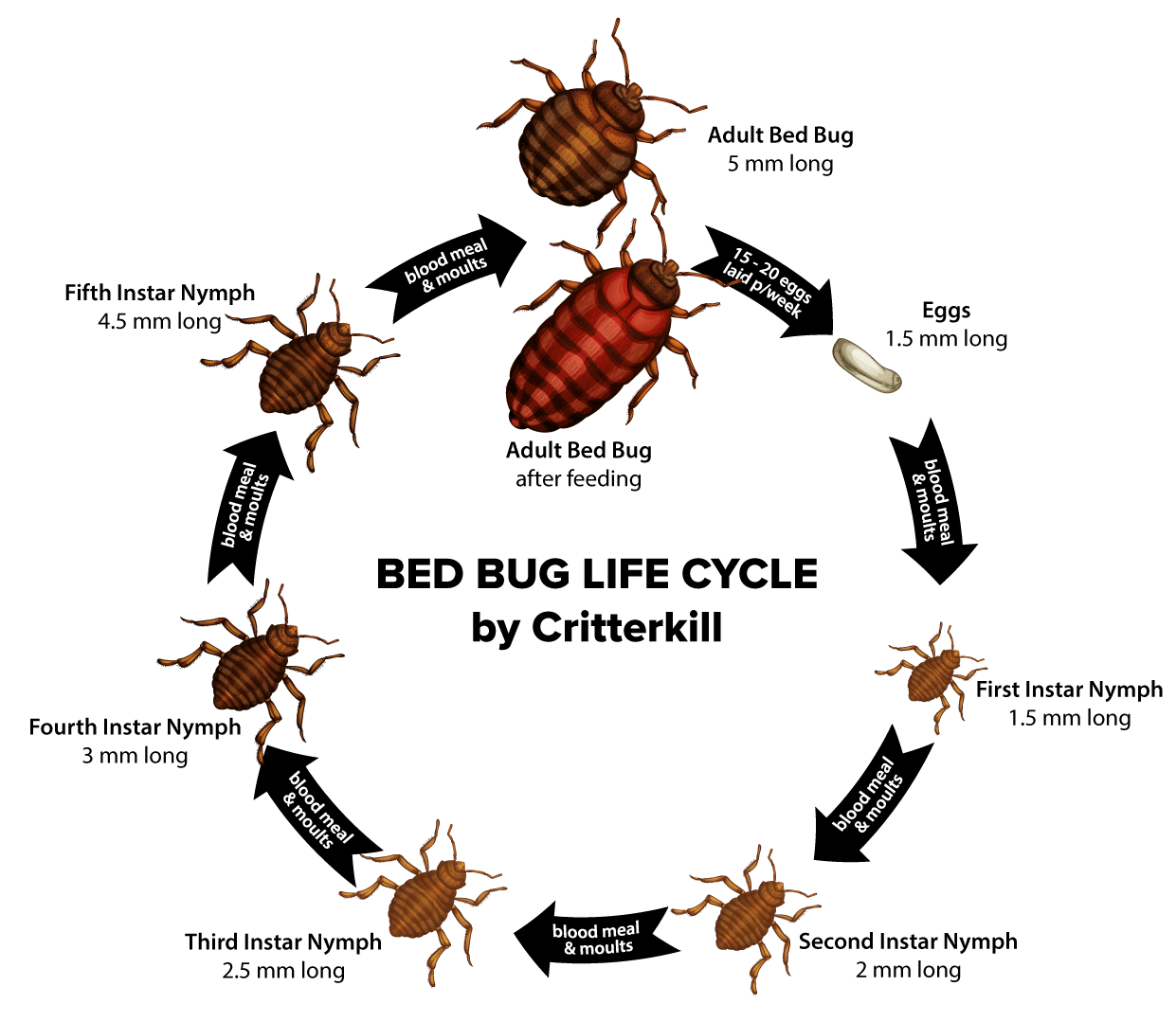
- Start by cleaning and vacuuming the area. Vacuum the furniture and floors to remove any bed bugs present in the plastic bag.
- Throw away the plastic bag and any other items that may have been contaminated. This will prevent the bed bugs from spreading.
- Use a hot dryer on the items before placing them into the bag. This will kill any bed bugs that may be living in the plastic bag.
- Any items that are too large to fit into the dryer can be sprayed with an insecticide. This will help to kill any bed bugs that may be living in the plastic bag.
- Use a mattress encasement to prevent bed bugs from entering the bed. This will help to contain the bed bugs and keep them from spreading.
- Move the infested items to an isolated area. This will help to prevent the bed bugs from spreading to other areas of the house.
- Hire a professional pest control company to treat the area. They will be able to identify the source of the bed bugs and eliminate them.
- Wash all of the items that were in the plastic bag in hot soapy water. This will help to kill any remaining bed bugs.
Heat Treatment to Kill Bed Bugs in a Plastic Bag
- Place the bag of infested items in a black plastic garbage bag.
- Secure the bag with a twist tie or zip tie.
- Place the garbage bag in direct sunlight for at least one full day.
- Check the bag periodically to ensure the temperature remains hot. The bag should reach temperatures of at least 120°F (49°C).
- Leave the bag in the sun for at least 24 hours.
- Remove the bag from the sun and discard it immediately.
Heat treatment is an effective way to kill bed bugs in a plastic bag. By placing the infested bag in a black plastic garbage bag and exposing it to direct sunlight for at least one full day, temperatures of at least 120°F (49°C) can be reached, which is hot enough to kill bed bugs. To ensure the temperature remains hot, it is important to check the bag periodically. Once the bag has been exposed to the sun for at least 24 hours, it should be removed and discarded immediately.
Chemical Treatment to Kill Bed Bugs in a Plastic Bag
I have tested a variety of chemical treatments that can effectively kill bed bugs in a plastic bag. I used a combination of heat and chemical treatments to create a complete extermination process. Heat treatment involved using a hot dryer on high heat for 30 minutes. This killed the majority of bed bugs in the plastic bag.
The chemical treatments I used included an insecticidal spray and dust. The spray was applied inside the bag and on the outside of the bag. The dust was applied directly to the bed bugs and into the bag. Both of these treatments were effective in killing the remaining bed bugs.
I also used diatomaceous earth (DE) as a preventive measure. DE is a natural insecticide made from the fossilized remains of diatoms. It works by cutting through the protective exoskeleton of the bed bugs, causing them to dehydrate and die.
| Treatment | Time |
|---|---|
| Hot Dryer | 30 minutes |
| Insecticidal Spray | 30 minutes |
| Dust | 30 minutes |
| Diatomaceous Earth | Ongoing |
It is important to note that these treatments are not a one-time application. The DE needs to be applied regularly as a preventative measure. The other treatments need to be repeated every two weeks or as needed. This will ensure that all bed bugs in the plastic bag are killed.
Frequently Asked Questions
How long can bed bugs live in a plastic bag?
Bed bugs can survive in a plastic bag for up to a year without food. However, if the temperature is too hot or too cold, they will die within a few weeks. While in the bag, they will be inactive until they find a suitable food source. The most common food sources for bed bugs are human blood, animal blood, and other warm-blooded animals.
How long does it take for bed bugs to suffocate in a plastic bag?
Bed bugs can survive a few minutes in a plastic bag. They use their respiratory systems to breathe and if the air supply is limited, they will eventually suffocate. It usually takes around 10 minutes for bed bugs to suffocate in a plastic bag, although some may last longer. To ensure that the bed bugs are suffocated, the plastic bag should be sealed tightly and left for at least an hour.
What are the Best Ways to Kill Bed Bugs in a Plastic Bag?
Bed bugs can be killed in a plastic bag by exposing the bag to extreme temperatures either through freezing or heating. Freezing can be done by placing the bag in a freezer for a minimum of four days, or by using dry ice for a minimum of two days. Heating can be done by placing the bag in an oven at 120°F for at least 30 minutes. Alternatively, direct sunlight can be used to expose the bag to extreme temperatures. Vacuuming the contents of the bag is another way to kill bed bugs and their eggs.
Is it possible to contain bed bugs in a plastic bag?
Yes, it is possible to contain bed bugs in a plastic bag. This can be done by sealing the bag securely and ensuring that no bed bugs can escape. Bed bugs can survive up to 18 months in the right conditions, such as in a plastic bag, but their lifespan will be shortened if they are deprived of food and water. To make sure that bed bugs do not escape the bag, it is best to double-bag it and seal it securely with tape.
Can bed bugs survive in a sealed plastic bag?
Bed bugs can survive in a sealed plastic bag for up to 18 months. However, this is only possible if the bag is stored in a cool, dry place. Bed bugs need a certain level of humidity and temperature to survive, and may die if the air inside the bag is too dry or too hot. If the bag is stored in a warm room, the bed bugs will likely die within a few weeks.
Conclusion
Bed bugs can survive in a plastic bag for up to 8 weeks, depending on the temperature and humidity. In cooler temperatures, bed bugs can survive for longer periods of time. It is important to remember that bed bugs can still feed on blood even when they are in a plastic bag. Therefore, it is important to take proper precautions when dealing with bed bugs in a plastic bag. If possible, use a sealed plastic bag to contain the bed bugs and dispose of them in a safe manner.
